Life Cycle and Industrial Ecology Peruvian Network (Ciclo de Vida y Ecología Industrial – PELCAN)
This group is attached to the Engineering Department at PUCP. Its main mission is to generate scientific knowledge in the area of environmental engineering, with a specific focus on life cycle methodologies, industrial ecology and circular economy.
Coordinator: Ian Vázquez Rowe y Dr. Ian Vázquez Rowe
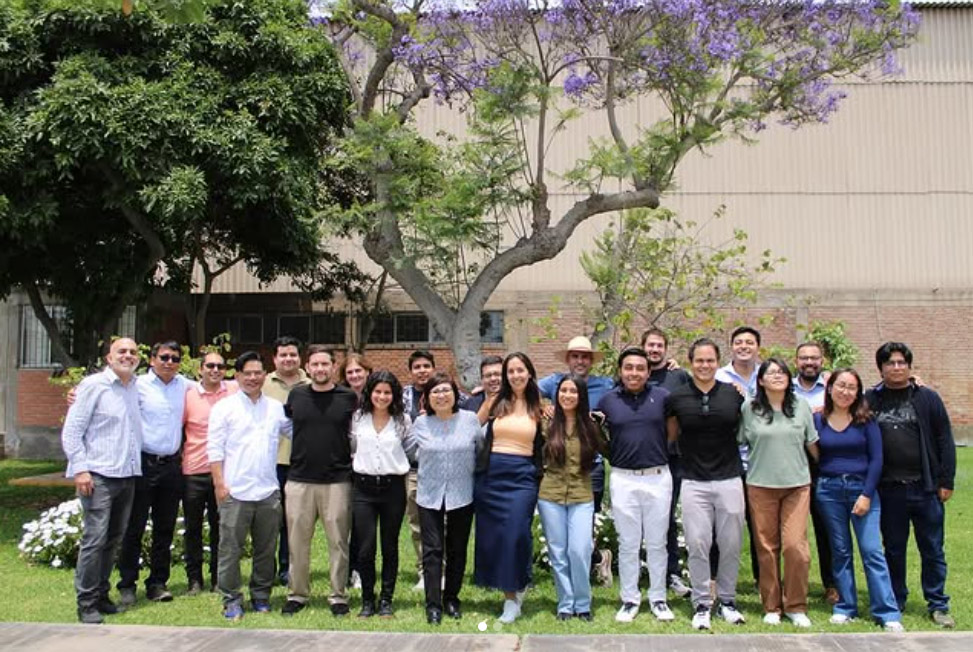
Presentación
La Red Peruana Ciclo de Vida y Ecología Industrial (PELCAN) es un grupo de investigación, que nace en el año 2005 en el Departamento de Ingeniería de la Pontificia Universidad Católica del Perú. Su creación surge del apoyo de la Iniciativa de Ciclo de Vida de ONU Medio Ambiente y la Sociedad de Toxicología y Química Ambiental (SETAC). En la actualidad PELCAN está conformado por profesores e investigadores de las secciones de Ingeniería Industrial, donde nació PELCAN, e Ingeniería Civil. Asimismo, los profesores de PELCAN son parte del equipo que está desarrollando la nueva especialidad de Ingeniería Ambiental en la PUCP.
La labor de PELCAN se centra en dos aspectos principales. Por un lado, su misión principal es la de generar conocimiento científico en el área de la ingeniería ambiental, con un enfoque específico en metodologías de ciclo de vida, ecología industrial y, más recientemente, economía circular. Asimismo, PELCAN aboga por la mejora de la docencia en temas ambientales y desarrollo sostenible, apoyando tesistas de pregrado y maestría, y formando futuros investigadores en programas de doctorado y posdoctorado. Por otro lado, PELCAN ejerce como nodo de conexión con las redes de ciclo de vida de otros países de América Latina y del mundo, y es miembro de la Red Iberoamericana de Ciclo de Vida.
Objetivo
Las actividades de la Red Peruana Ciclo de Vida y Ecología Industrial (PELCAN) se articulan en torno a los siguientes objetivos:
- Generar conocimiento en el campo de la sostenibilidad ambiental.
- Formación de futuros investigadores y profesionales a través de proyectos de investigación, capacitaciones, formación continua y consultorías.
- Difundir la aplicación y utilidad de la herramienta de Análisis de Ciclo de Vida (ACV) y otras herramientas ambientales en el Perú.
- Generar intercambios de experiencias y articularse con otras redes nacionales e internacionales en ACV.
- Contribuir con información para crear bases de datos peruanas de inventarios de Ciclo de Vida.
Para lograr cumplir con estos objetivos, PELCAN participa en el desarrollo de proyectos de Análisis de Ciclo de Vida, realiza capacitaciones dirigidas al público interesado, realiza publicaciones y colabora con redes regionales para la implementación de Inventarios de Ciclo de Vida en América Latina. Los proyectos en los que participa son tanto locales como regionales, y cada uno contribuye en la recaudación de información para la generación de una base de datos nacional, lo que permitirá un análisis objetivo de procesos, productos y servicios en el Perú.
Además, PELCAN representa al país en conferencias nacionales, regionales e internacionales sobre Análisis de Ciclo de Vida, donde presenta los diferentes proyectos e intercambia su conocimiento con otras redes de ACV, convirtiéndose en un valioso aporte para nuestro país y la región.
Líneas de investigación
La Red Peruana Ciclo de Vida y Ecología Industrial (PELCAN) desarrolla investigaciones de análisis de ciclo vida de productos y servicios, buscando contribuir con la sociedad informando los impactos ambientales asociados a los productos y servicios que se consume. Además PELCAN a través de sus investigaciones busca ayudar a la toma de decisiones del gobierno local.
Equipo
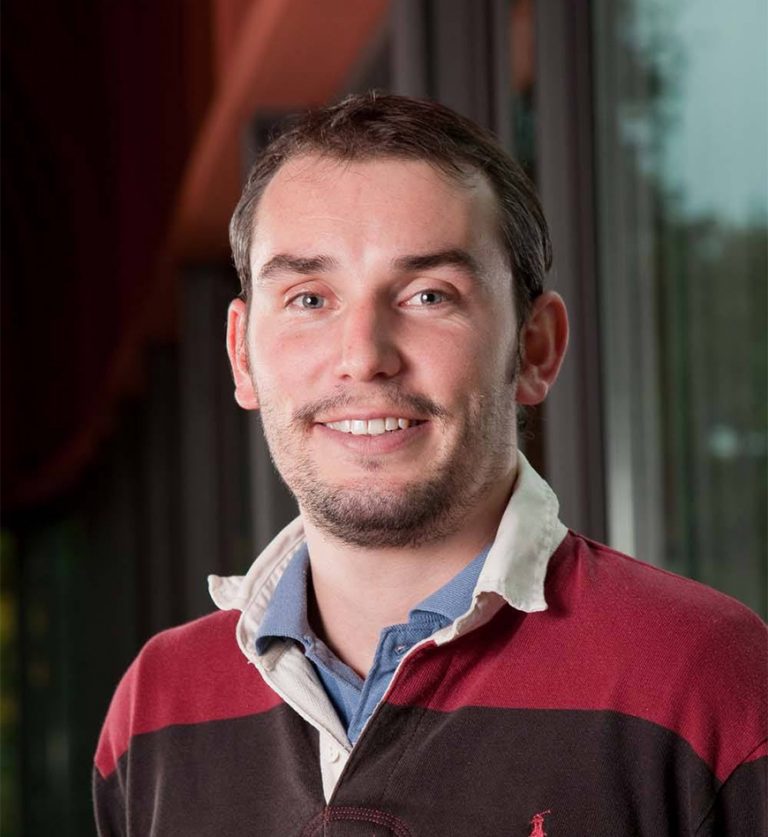
Ian Vázquez Rowe
- ian.vazquez@pucp.pe
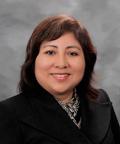
María Isabel Quispe Trinidad
- iquispe@pucp.edu.pe
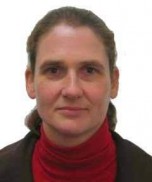
Karin Bartl
- kbartl@pucp.edu.pe
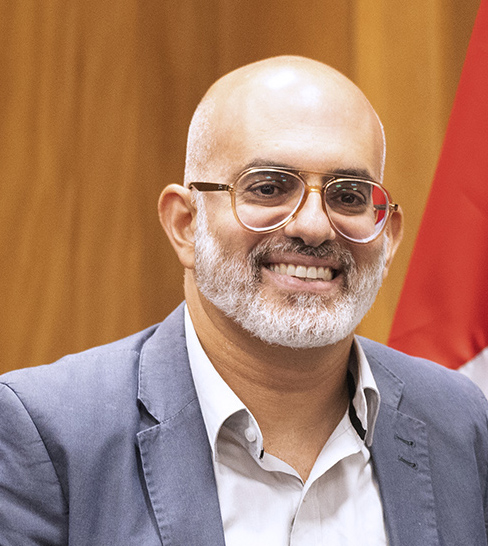
Ramzy Kahhat Abedrabbo
- ramzy.kahhat@pucp.edu.pe
Colaboradores
A lo largo de los años, hemos tenido el agrado de haber contado con la participación en nuestras actividades investigadoras y de diseminación de un nutrido grupo de personas señaladas a continuación.
En la sección de colaboradores listamos a todas las personas que han pasado por nuestro grupo de investigación en la PUCP, apoyando con actividades de investigación, docencia o administración. En la sección de miembros listamos a todas aquellas personas que voluntariamente han participado en nuestras actividades a lo largo de los años y han deseado mantener un vínculo con el grupo PELCAN con el fin de estar informados continuamente de nuestras actividades.
A todos ellos les agradecemos su colaboración, aporte, apoyo, experiencia y en algunos casos su visita a nuestro grupo de investigación:
- Alejandro Parodi Parodi
- Ana Lucía Cáceres Cebrecos
- Ana Sabogal
- Carlos Mesta Cornetero
- Daniel Verán Leigh
- Gustavo Larrea Gallegos
- Jair Santillán
- Jorge Bentin
- Karen Biberos Bendezú
- Kurt Ziegler Rodríguez
- Luis Izquierdo Horna
- Matías Gutiérrez Medina
- Samy García Torres
- Sonia Valdivia
- Úrsula Cárdenas Mamani
Aliados de otras instituciones
- Adrián Montalvo
- Angel Avadí
- Jara Laso
- Jon Bickel
- María Margallo
- Pedro Villanueva
- Rubén Aldaco
Comunicadora PELCAN
- Gianina Chávarry
Investigadores de estancia en PELCAN
- Chiara Benvenuto
- Pablo Gonzalez
Publicaciones
Autor(es): Ian Vázquez Rowe
This report evaluates methods from Life Cycle Assessment (LCA) and fisheries science concerning the impacts of fishing on exploited stocks and the seabed, using three case studies to assess feasibility and make recommendations for the European Footprint (EF) development. For fish stock exploitation, both fields offer suitable methods, but challenges remain in integrating them with the 16 EF indicators. The LCA method adopts an “Intrinsic biodiversity” approach, considering each kilogram removed as impactful. In contrast, the fisheries approach uses an “instrumental approach,” viewing fishing as sustainable if stocks are not overfished, aligning removals with biomass renewal. The report highlights integration challenges and suggests consulting stakeholders to choose the best-suited approach for EF applications. Regarding seabed impacts, the LCA method lacks maturity and global data support for EF use, but this may improve. Meanwhile, the semi-quantitative approach from fisheries science is recommended for inclusion as a new characterization factor, having been successfully applied to the case studies and suitable for all EU seafood products. Lastly, a qualitative approach combining letter grades for stock depletion and seabed impact is discussed as a contingency, intended as a third and second option, respectively, for resource and seabed evaluations.
Ir al enlace
Autor(es): Ian Vázquez Rowe
Life cycle assessment (LCA) is the method most frequently used to systematically assess the environmental impacts of products and services over their entire life cycle. Several environmental impacts, such as global warming or ozone depletion, are covered. Life cycle assessments do not yet allow, however, for considering the consequences of plastic waste leaking into the environment. Thus, plastic products such as PET bottles might appear beneficial (having, for example, a lower carbon footprint than alternatives such as glass bottles) although they contribute to potentially harmful effects if released into the environment. In addition, the absence of an impact assessment method addressing plastic emissions limits the possibility of analyzing the trade-offs between impact categories. In order to provide an overview of the state of the art of plastic emissions in LCA, the chapter begins with an overview of the LCA methodology in general. There follows a description of the potential impact pathways of plastic emissions using a framework developed by the International Working Group MarILCA on Marine Impacts in Life Cycle Assessment. Within the framework, relevant existing impact categories are discussed, and new ones are proposed. The following section describes accounting methods for plastic emissions and ways of defining plastic flows in life cycle inventory (LCI). The already developed approaches addressing plastic emissions in life cycle impact assessment (LCIA) are then described in relation to the framework and, in addition, examples of applications (case studies) are presented. Finally, future research needs are discussed.
Ir al enlace
Autor(es): Luis Izquierdo Horna, Ramzy Kahhat Abedrabbo, Ian Vázquez Rowe
Accurately forecasting municipal solid waste (MSW) generation is essential for designing efficient waste management systems and promoting sustainable urban development. As cities expand and consumption patterns shift, reliable data-driven approaches are increasingly necessary to address the complexities of MSW generation. This study applied the random forest (RF) algorithm, a machine learning technique, to predict MSW generation at the household level. RF was selected for its capacity to handle non-linear relationships, imbalanced datasets, and outliers. The analysis focused on data from 2019, avoiding distortions associated with the COVID-19 pandemic. The model integrated per capita MSW data with household fuel consumption indicators (i.e., natural gas, electricity, and liquefied petroleum gas) and demographic variables such as age, education level, and monthly expenditure. The case study focused on the city of Lima, Peru, using 80 % of the data for training and 20 % for testing, with hyperparameters optimized via 5-fold cross-validation. The final model explained 55 % of the variance in MSW generation (R2 = 0.55). This result reflects the model’s ability to capture significant drivers of variability, although it leaves room for refinement due to factors not included in the analysis, such as cultural practices or seasonality. Among the predictors, household monthly expenditure on cooking fuels emerged as the most influential variable, reinforcing the connection between resource consumption and waste generation. These findings highlight the potential of integrating socioeconomic indicators into predictive models to enhance their reliability. By improving forecasting capabilities, this study supports targeted policies for urban waste management and sustainable resource use.
Ir a enlace
Autor(es): Alejandro Deville del Águila, Ian Vázquez Rowe, Angel Avadí, Ramzy Kahhat Abedrabbo
The anchoveta (Engraulis ringens) fishery in Peru, which is almost entirely devoted to the production of fishmeal and fish oil, is one of the largest fisheries in the world. It is volatile in terms of fishing stock availability, and the fishmeal industry has been subject to technological changes to upgrade its efficiency and reduce costs to maintain its competitiveness. The objective of this study is to apply the Life Cycle Assessment methodology to the production and exportation of fishmeal and fish oil products related to a relevant producer in Peru, representing 10 % of national production. A set of 169 vessels targeting E. ringens were inventoried, 88 % of which are owned by third parties, and four factories belonging to the company were assessed for the years 2019 and 2021. Ecoinvent was the selected database to support the life cycle inventory, and ReCiPe 2016 and IPCC 2021 were the methods applied to compute the environmental impacts. The results show that fuel combustion in fishmeal and fish oil production was the dominating activity in most of the impact categories analyzed. In terms of greenhouse gas emissions, it was found that, on average, approximately 320 kg CO2eq and 4430 kg CO2eq are emitted due to the production of 1 t of fishmeal and 1 t of fish oil, respectively, when an energy allocation is followed. The fishery accounted for ca. 45 % of greenhouse gas emissions and dominated most of the impact categories, showing greater influence of the fishing stage than in previous studies. The reasons behind are linked to the combined influence of improvements in the energy matrix of the plants, by prioritizing natural gas over diesel and residual fuel oils, and a slightly higher fuel use intensity of the fishing fleet. E. ringens quality was found to be an important parameter, as low protein or fat yields translate into substantially higher impacts. Finally, although Peruvian fishmeal and fish oil remain as one of the lowest environmental footprint products among animal feed, future work is needed to understand the effects that climate change and El Niño-Southern Oscillation events have on this industry.
Ir a enlace
Autor(es): Alejandro Deville del Águila, Ian Vázquez Rowe, Ramzy Kahhat Abedrabbo
Microplastic (MP) pollution has been largely documented in aquaculture systems, farmed animals, fishmeal, and feed, as well as in humans due to ingestion from food, including seafood, although a skew remains with fisheries and supply chains more commonly assessed for MP pollution in the Global North. In this sense, the main objective of this short communication is to explore how Peru, the biggest fishmeal, and fish oil (FMFO) producer worldwide, performs in terms of plastic pollution in fisheries and derived seafood products. For this, the available scientific literature has been analyzed. Our analysis suggests that studies in Peru are scarce, and more research must be undergone to evaluate the full extent of plastic pollution in its seafood supply chains. The literature analyzed suggests that pelagic species are more vulnerable to MP exposure and ingestion, and that a gradient in terms of closeness to the coast and depth of the fishery may be determining the level of occurrence and abundance of MPs in Peruvian fisheries. Furthermore, the combination of lack of measures for controlling plastic leakage to the ocean in Peru, with the closeness to the coast of most fishing grounds makes the Peruvian fishing industry highly vulnerable to plastic pollution. In this sense, as the Peruvian FMFO industry overwhelmingly targets anchoveta (Engraulis ringens), a pelagic fish, MP pollution of FMFO products must be monitored, as occurrence could lead to an introduction of MPs in aquaculture products worldwide and subsequent human consumption.

